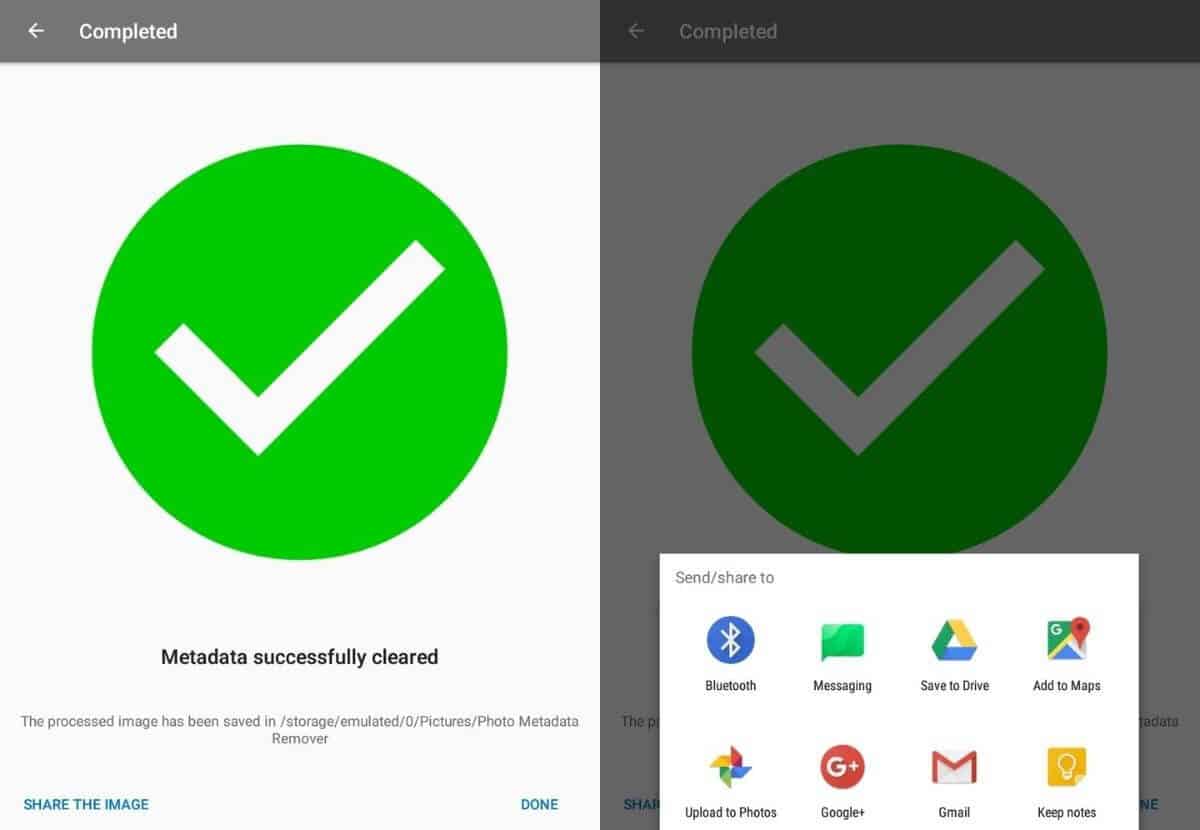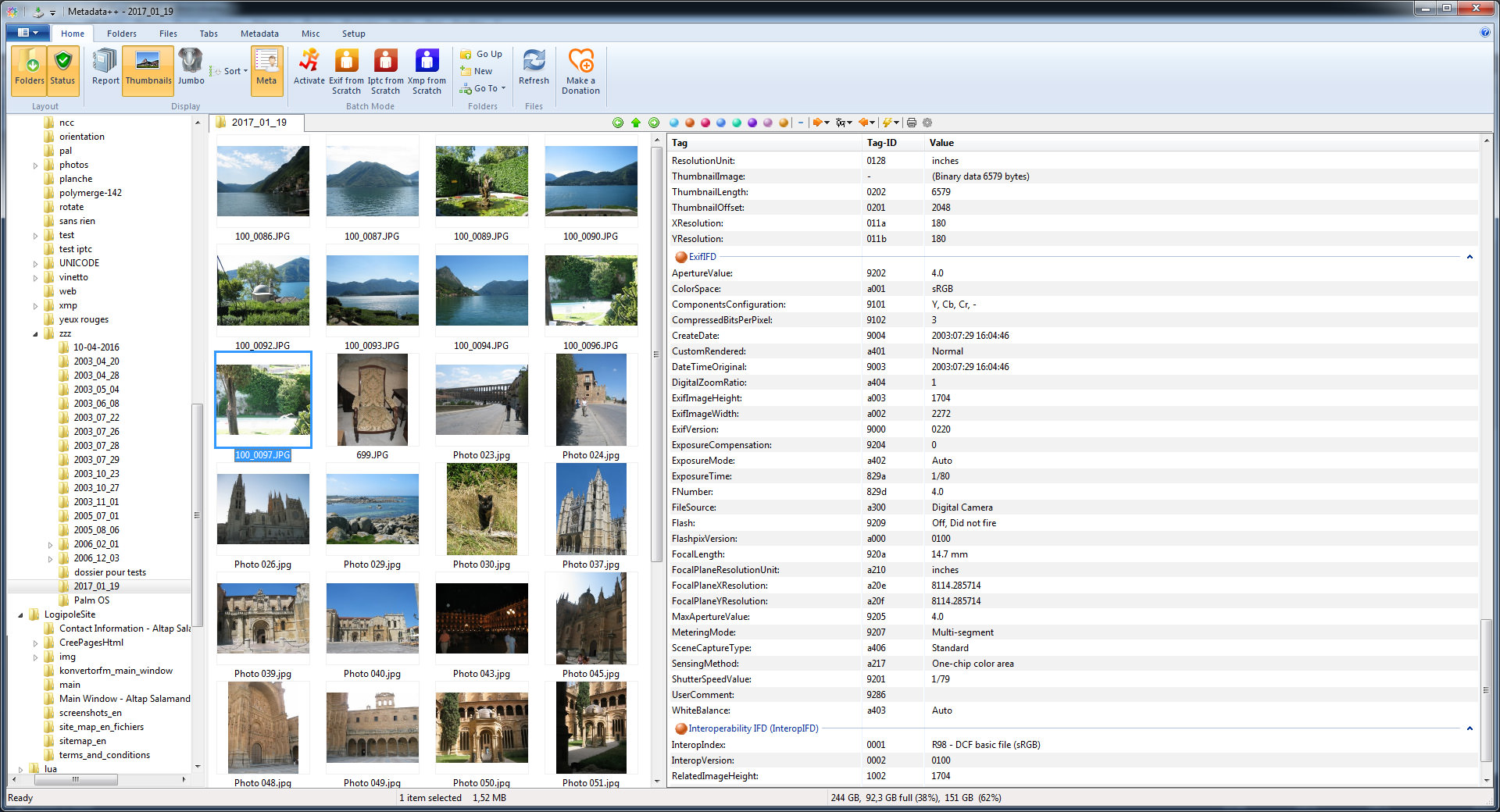

- #Clearing exif data mac how to#
- #Clearing exif data mac install#
- #Clearing exif data mac manual#
- #Clearing exif data mac full#
- #Clearing exif data mac android#
The same goes for videos, audio files and documents.Īlso, remember what former intelligence boss and retired Gen. Please note that this process is not only to be applied to your photos. If you don’t think this is an important step to take before uploading any photo online and it’s too much work, at least disable geotagging on the device(s) you use to take your photos.
#Clearing exif data mac android#
If you’re running iOS you can use Metapho and if you’re on Android check out Scrambled Exif on F-Droid. Checking the photo again will show you this: ExifTool will strip out all the Exif data from your photo and create a new file leaving the original photo untouched. To remove the data with ExifTool, all you need to do is type exiftool -all= path_to_file. Pretty scary right? Yet, most people don’t even know or think about the amount of info they share when they just post a photo online. Open up a terminal and type exiftool path_to_photo ( replace path_to_photo with the location of the photo on your drive and include the format ) Now let’s see what’s Exiftool capable of. If you open the photo in Preview and hit cmd+I ( or go to Tools > Show Inspector ) you’ll notice there’s quite a bit of info. If you’re running macOS, you can quickly view a photo’s metadata by switching to gallery view in Finder. NOTE: the process is the same on all platforms ( Linux, macOS and Windows ). Flickr does not remove Exif data by default and it’s displayed on the photo page but that’s not important for demo purpouses.

#Clearing exif data mac how to#
To demo how to use ExifTool to remove metadata from a photo, I’m going to use this photo from flickr.
#Clearing exif data mac manual#
To learn what it’s capable of, once installed on your system, make sure to read the manual exiftool -help NOTE: ExifTool is a powerful and complex tool. Windows: download ExifTool for Windows from the official website ( linked above )
#Clearing exif data mac install#
MacOS: you can install it via Homebrew with brew install exiftool Arch, Manjaro sudo pacman -S perl-image-exiftool.Fedora, RedHat, CentOS sudo dnf install perl-image-exiftool.noarch.Debian, Ubuntu, Mint, Kali sudo apt install libimage-exiftool-perl.But today we’re going to focus on ExifTool – a cross-platform Perl library plus a command-line application for reading, writing and editing meta information in a wide variety of files ( varios image formats, audio formats, video formats, document formats etc ). There are a lot of web apps and browser addons that you can use to strip out metadata from photos.
#Clearing exif data mac full#
Check out the full list of data fields supported by Exif. The data fields are often written by the device that is used to take the photo, but can also be populated by programs such as Photoshop. They collect it and add it next to your likes, comments, your network of ‘friends’ etc in order to profile you.Įxchangeable image file format, or Exif data, is information that accompanies an image file and contains many data fields that can be populated or left blank. While social media platforms like Facebook or Instagram ( same company – Facebook ) strip out the metadata before it shows your photo to the world, they don’t just simply erase that metadata. Make sure the service you use strips out metadata. Luckily, most social media platforms eliminate this threat by stripping out metadata from the files you publish. By not removing metadata, a hacker or OSINT researcher can easily find out where you live, where you work, your preferences and habits etc, just by extracting the Exif data hidden inside the photos you post online. That’s metadata.īesides what’s visible in the photo itself, metadata can reveal when and where the photo was taken, the device that was used to take the photo and other unique characteristics that can fingerprint you across the web. And both file types have one thing in common that can give away a lot more information than you might think. The two most common file types shared online today are photos and videos.

Today, however, a picture is worth much more than that and it can be a threat to your privacy and security.ĪLSO READ The Easiest Way to Remove EXIF MetadataĪLSO READ Metadata Cleaner: View and Clean Metadata ( Linux ) If you look up the origin of this expression, you’ll find out that it emerged in the USA in the early part of the 20th century.

They say a picture is worth a thousand words.


 0 kommentar(er)
0 kommentar(er)
